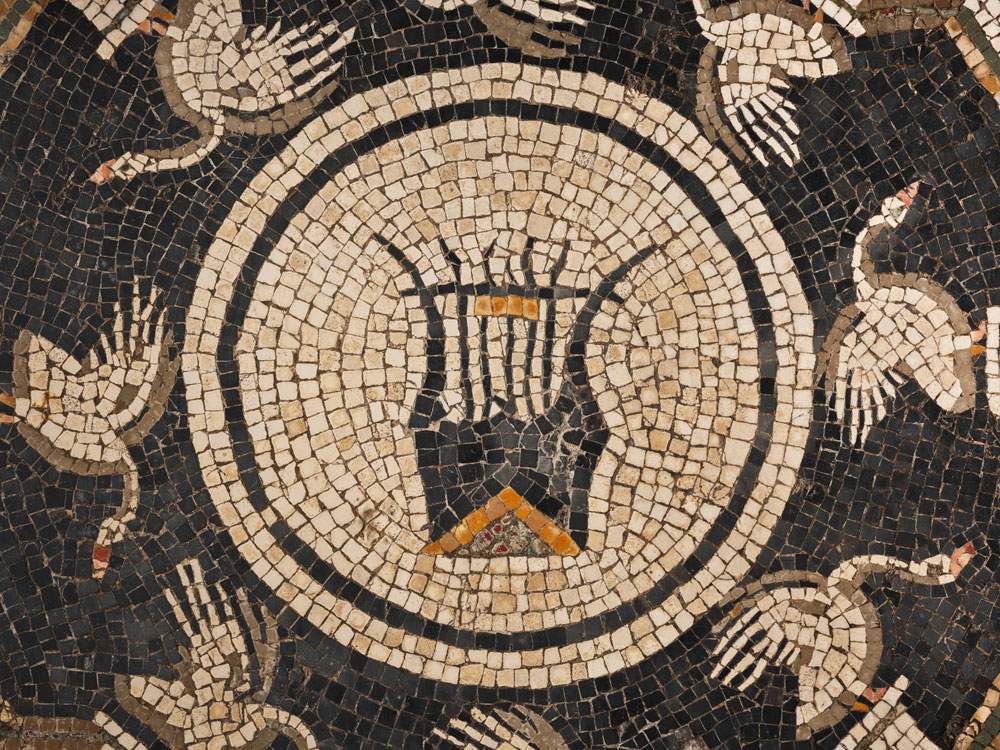On April 10, the new layout of the Roman section in the Archaeological Museum of Piacenza will be presented. About 1,200 artifacts will be on display here, thanks to which it will be possible to trace the history of Roman Placentia, from its foundation in the year 218 B.C. to the settlement of the Lombards in the sixth century A.D.
In fact, after the new display of the ceramics collection, presented in November 2019, one more piece is added to learn about the city’s past. The restoration and re-functionalization of the basement of Palazzo Farnese and the setting up of the new Roman archaeological section have been made possible thanks to the European funds allocated by the Emilia-Romagna Region in the Por-Fesr 2014 -2020 Axis 5 funding lines, to which the Municipality of Piacenza has added additional resources of its own; coordinated by a Scientific Committee, the project has been carried out in close and constant collaboration with the Soprintendenza Archeologia, Belle Arti e Paesaggio for the provinces of Parma and Piacenza.
The exhibition itinerary will be divided into fifteen rooms based on athematic and didactic approach. It begins with a territorial and chronological framing of the period, in which space is given to the history of discoveries and archaeological methodology, and concludes with a video that traces the most significant stages in the city’s history.
Among the topics covered are the pre-existences in the territory of Piacenza before the Roman colonization; the foundation, forma urbis and institutions of the new Roman city; the economy, trade, production and the role of the Po River; residential construction and daily life; cults and religious buildings; funerary monuments and necropolises; and the end of the Roman world and the transition to the early Middle Ages.
In the Roman section, some excellences can be admired, such as the famous Liver of Piacenza or the imposing draped statue signed by the Athenian sculptor Kleoménes, as well as some important unpublished finds that make it possible to restore the face of the city and reconstruct life in Roman Placentia. These include a funerary bed, reconstructed in wood and with a bovine bone covering in the Hellenistic style, which was part of the furnishings of the tomb found in the Cantone del Cristo area during excavations for the construction of a new department of theGuglielmo da Saliceto Hospital, and the Antefixes, or the final decorative elements of temple tiles, of Hellenistic-Oriental culture, found in 1947 and 2000, which made it possible to reconstruct the ornamental apparatus of a temple, probably located in the northern part of Piacenza Roman colony.
The room dedicated to the Roman domus displays elegant floor mosaics and objects of daily use, such as fragments of furniture and oil lamps, writing implements, balms for ointments and perfumes, containers for makeup and personal ornaments, tools for household care, spinning and weaving, and remnants of board games, including a 2nd-3rd century AD terracotta chessboard. And also the funerary monuments that testify by their size and the richness of their apparatuses to the rank of the deceased; on display, for example, is a winged Sphinx, a decorative element of an aedicule funerary monument, which certainly belonged to an eminent family. Also of interest are the artifacts in the last room documenting the city’s transition to Lombard rule, including a gold tremisse (late Roman Empire coinage) minted in Piacenza between 712 and 744 during the reign of Liutprand.
The new Roman Section of the Archaeological Museum at Palazzo Farnese is part of the Piacenza 2020/21 project.
Image: Detail of mosaic with swans and lyre (late 1st century B.C.-early 1st century A.D.). Ph.Credit Carlo Vannini
 |
| Piacenza, 1,200 artifacts in the new layout of the Roman section of Palazzo Farnese |
Warning: the translation into English of the original Italian article was created using automatic tools. We undertake to review all articles, but we do not guarantee the total absence of inaccuracies in the translation due to the program. You can find the original by clicking on the ITA button. If you find any mistake,please contact us.